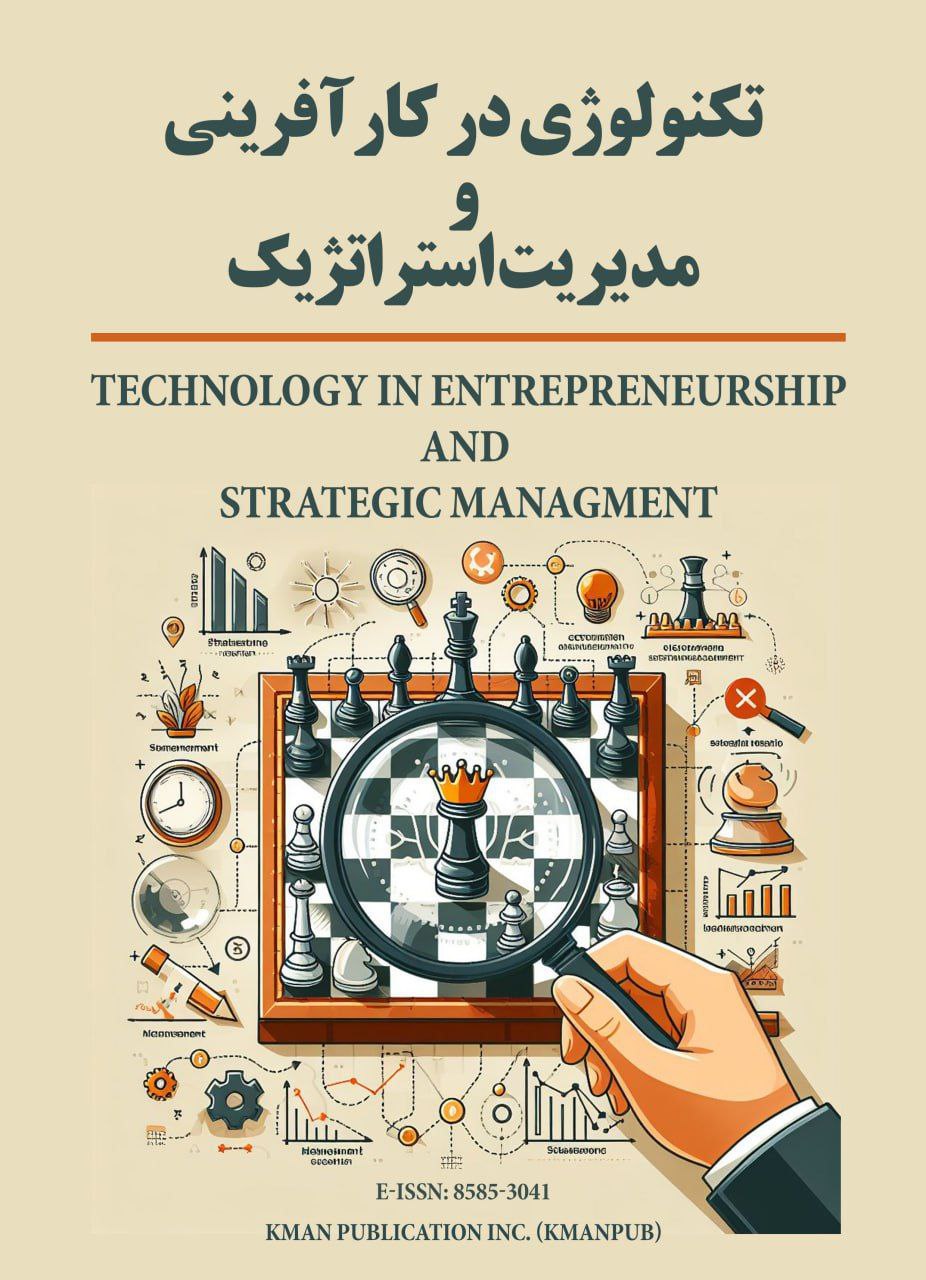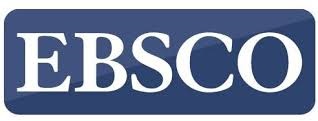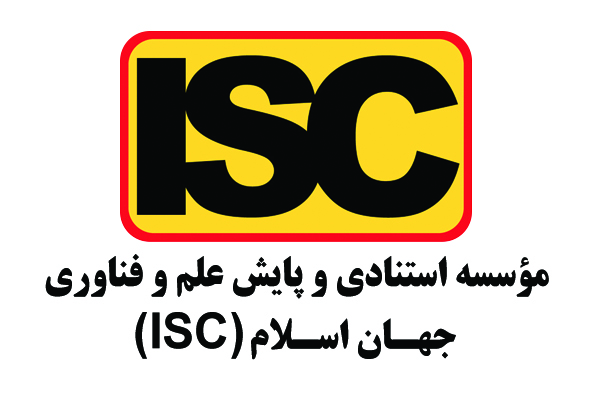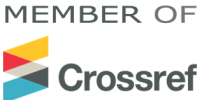Digital Leadership; Solution for Gaining Competitive Advantage in the Digital Age
Keywords:
Digital leadership, gaining digital competitive advantage, structural equation modelingAbstract
The emergence of the Fourth Industrial Revolution and its accompanying digital disruptions necessitates a new style of leadership for managing organizations to ensure their sustainability and competitiveness. Accordingly, the present study examines the impact of digital leadership dimensions on achieving competitive advantage in online retail. For this purpose, based on the model proposed by Moonsamy (2022), six hypotheses were developed. The methodology of this research is descriptive-correlational in nature. The statistical population consists of all employees of online retail businesses in Tehran, and a total of 390 individuals were selected using a non-probability convenience sampling method. Data collection was conducted through library research and field methods (electronic questionnaire). The validity of the questionnaires was confirmed by expert opinion, and Cronbach’s alpha values greater than 0.70 for the constructs indicate acceptable reliability. Finally, structural equation modeling (SEM) was used to test the research hypotheses. The findings of this study indicate that all six hypotheses were confirmed at a 95% confidence level. Furthermore, among the dimensions of digital leadership, digital openness, digital competitive intelligence, and digital facilitative leadership were found to play the most significant roles in achieving digital competitive advantage, respectively.
Downloads
References
Abdeen, H., De‐Pablos‐Heredero, C., Martínez, C. C., & Botella, J. L. M. (2025). Strategic Leadership and Its Impact on Dynamic Capabilities and Sustainable Competitive Advantages. Management Decision. https://doi.org/10.1108/md-07-2024-1682
Almheiri, M. M. O., Romle, A. R., & Omar, R. (2022). Leadership Styles and Competitive Advantage: Does Employee Creativity Mediate the Relationship. South Asian Journal of Social Sciences and Humanities, 2(6), 106-124. https://doi.org/10.48165/sajssh.2022.3108
Amin, N. U., & Khan, M. A. (2024). Driving Competitive Advantage in the Digital Era: The Role of Dynamic Capabilities, Innovation, and Leadership. Dinasti International Journal of Economics Finance & Accounting, 5(5), 5500-5514. https://doi.org/10.38035/dijefa.v5i5.3873
Anwar, N. A. (2025). How Digital Leadership Drives Innovation and Competitive Advantage In. SSRN Electronic Journal. https://doi.org/10.2139/ssrn.5124169
Haque, M. G., Munawaroh, M., Sunarsi, D., & Aris, B. (2021). Competitive Advantage in Cost Leadership and Differentiation of SMEs “Bakoel Zee” Marketing Strategy in BSD. PINISI Discretion Review, 4(2), 277. https://doi.org/10.26858/pdr.v4i2.19962
Hoang, D. V., Duy, H. A., Duong, T., Giang, D. T., Chau, V., Nguyen, N. N., & Quynh, V. (2025). DIGITAL CAPABILITIES AND COMPETITIVE ADVANTAGE IN THE CONTEXT OF TECHNOLOGICAL UNCERTAINTY: EVIDENCE FROM EMERGING MARKET SMEs. International Journal of Innovation Management, 29(03n04). https://doi.org/10.1142/s1363919625500185
Hoang, D. V., Hien, N. T., Thang, H. V., Phuong, P. T. L., & Duong, T. T. (2025). Digital Capabilities and Sustainable Competitive Advantages: The Case of Emerging Market Manufacturing SMEs. Sage Open, 15(2). https://doi.org/10.1177/21582440251329967
Huang, X., Mohammadi, A., & Jantan, A. H. (2024). Navigating Digital Transformation: Leadership Competence, Digital Capability, and Social Media Adoption in Extracurricular Training Institutions in China. https://doi.org/10.4108/eai.8-12-2023.2344716
Kenechi, O. J., & Purity, N.-O. (2018). Digital Innovation: Competitive Strategy for College Startups in Nigerian Campuses. International Journal of Academic Research in Business and Social Sciences, 8(11). https://doi.org/10.6007/ijarbss/v8-i11/4980
Mbaidin, H. O. (2024). The Striking Mechanisms of Innovation Theories to Create Collaborative Competitive Advantage Opportunities in Global Digital Marketing. Journal of Project Management, 9(4), 433-456. https://doi.org/10.5267/j.jpm.2024.7.004
Norvadewi, N., & Zaroni, A. N. (2024). Preserving MSMEs Competitive Advantage: Moderation by Business Size. Journal of Accounting and Strategic Finance, 7(1), 39-61. https://doi.org/10.33005/jasf.v7i1.468
Nurcahyo, A. (2024). The Effect of Strategic Leadership and Environmental Management on Firm Performance Mediated by Competitive Advantage in the Mining Industry. Dinasti International Journal of Economics Finance & Accounting, 5(3), 1828-1838. https://doi.org/10.38035/dijefa.v5i3.3182
Permana, E., Poerwoko, B., Widyastuti, S., & Rachbini, W. (2019). Digital Capability and Innovation Strategy to Develop the Performance and Competitive Advantages of Fashion Smes in Jakarta, Indonesia. International Journal of Managerial Studies and Research, 7(11). https://doi.org/10.20431/2349-0349.0711002
Permana, F., & Kustyadji, G. (2024). The Effect of Organisational Commitment in Mediating the Relationship Between Transformational Leadership and Corporate Competitive Advantage (Study on State-Owned Companies in Indonesia). Jomss, 2(1), 1-12. https://doi.org/10.61160/jomss.v2i1.27
Prdić, N. (2019). The Leadership as a Competitive Advantage. https://doi.org/10.46541/978-86-7233-380-0_6
Probojakti, W., Utami, H. N., Prasetya, A., & Riza, M. F. (2024). Building Sustainable Competitive Advantage in Banking Through Organizational Agility. Sustainability, 16(19), 8327. https://doi.org/10.3390/su16198327
Probojakti, W., Utami, H. N., Prasеtya, A., & Riza, M. (2024). Driving Sustainable Competitive Advantage in Banking: The Role of Transformational Leadership and Digital Transformation in Organizational Agility and Corporate Resiliency. Business Strategy and the Environment, 34(1), 670-689. https://doi.org/10.1002/bse.4005
Rahayu, K. B., Khoiru, H., & Sugiyarti, G. (2025). Building Organizational Reputation Through Inclusive Leadership and Inclusive Culture: The Mediation Role of Organizational Competitiveness in the Era of Digital Transformation (Case Study on Employees of the Semarang City Regional Revenue Agency). Saudi Journal of Business and Management Studies, 10(01), 54-63. https://doi.org/10.36348/sjbms.2025.v10i01.006
Rahimian, M. A., & Rajaei, G. (2017). Investigating the Effect of Strategic Leadership on Competitive Advantage With the Mediating Role of Innovation Ambidexterity. https://doi.org/10.20472/bmc.2017.005.011
Renalwin, R. (2025). The Influence of Learning Organizational Culture, Employee Engagement, Digital Transformation, and Esg on Sustainable Competitive Advantage: The Role of Transformational Leadership at Abc University, Indonesia. International Journal of Social Science Humanity & Management Research, 04(03). https://doi.org/10.58806/ijsshmr.2025.v4i3n08
Rokhanawati, D. R., Sabihaini, S., & Kristanto, R. H. (2024). Effect of Entrepreneurship Leadership on Business Performance Mediated by Competitive Advantage and Dynamic Capability in Batik Giriloyo MSMEs. West Science Journal Economic and Entrepreneurship, 2(01), 86-101. https://doi.org/10.58812/wsjee.v2i01.655
Yuwanda, T., Fadhlan, A., & Daud, I. (2023). Building Competitive Advantage Through Human Capital and the Impact on Business Performance: Analysis at Individual and Organizational Level. Jurnal Dinamika Manajemen, 14(1), 72-86. https://doi.org/10.15294/jdm.v14i1.38384
Zaverbnyj, A., & Pushak, Y. (2023). Theoretical and Applied Principles of Strategic Management of Competitive Advantages of Enterprises in the Context of Digitalization. Economic Herald of the Donbas(4 (74)), 26-31. https://doi.org/10.12958/1817-3772-2023-4(74)-26-31
Zhang, X., & Chen, T. (2024). Strategic Leadership: Driving Innovation and Competitive Advantage. Strat. Manag. Insights, 1(6), 14-19. https://doi.org/10.70088/cypfcw62
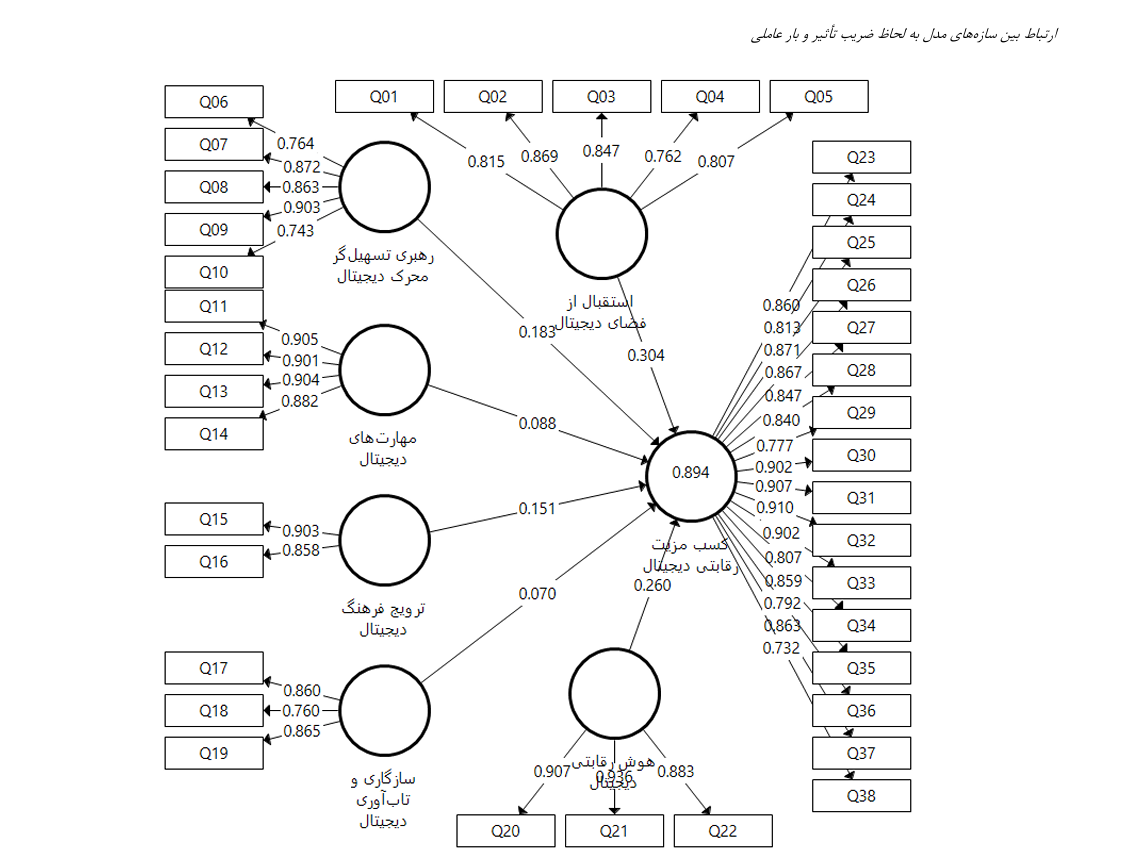
Downloads
Published
Submitted
Revised
Accepted
Issue
Section
License
Copyright (c) 2025 Journal of Technology in Entrepreneurship and Strategic Management (JTESM)

This work is licensed under a Creative Commons Attribution-NonCommercial 4.0 International License.
